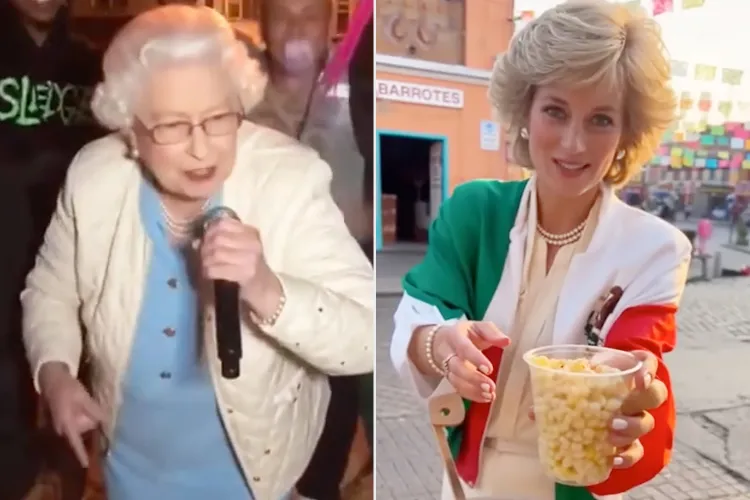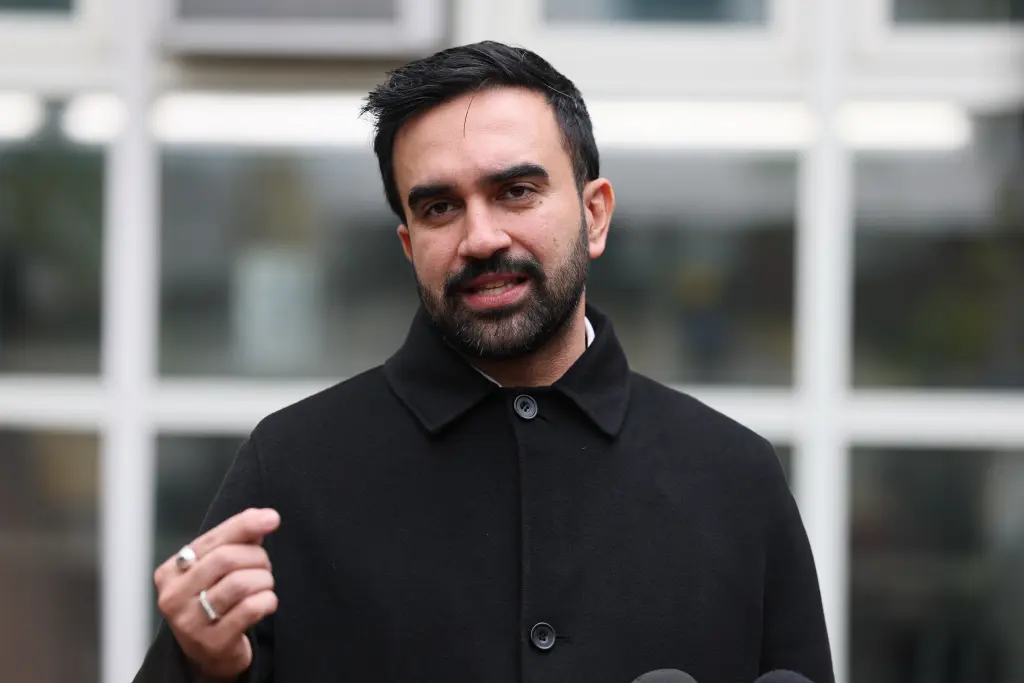From Queen Elizabeth Rapping to Princess Diana Serving Street Food — The Rise of Royal Deepfakes and What Buckingham Palace Thinks About Them
The internet has entered an era where even the most recognizable faces can be reimagined into worlds that never existed — and the British royal family is finding itself at the center of it all. Viral deepfake videos showing late Princess Diana serving Mexican street food and Queen Elizabeth II confidently rapping into a microphone have taken social media by storm, leaving millions both amused and unsettled.

These eerily realistic clips blur the line between humor and deception, presenting a curious new challenge for the monarchy — an institution built on centuries of image control and tradition. The latest viral videos depict Princess Diana smiling as she hands out esquites, a beloved corn-based Mexican snack, dressed in a tricolor jacket with pearls draped around her neck. Another shows her in a wrestling ring, playfully taunting opponents before striking a victory pose. At first glance, many viewers believed the footage might be from an upcoming biopic or artistic project, but it quickly became clear that these were AI-generated creations — expertly crafted and startlingly lifelike.
Then came the video of Queen Elizabeth II, seemingly revived through technology, spitting out rap verses surrounded by a cheering crowd. Her familiar poise, soft voice, and signature smile make the video almost believable — until one remembers that it’s entirely synthetic. These clips are part of a growing wave of “royal deepfakes,” where AI-generated visuals are being used to recreate or reinvent members of the royal family in fictional scenarios for entertainment or commentary.

The trend has prompted mixed reactions online. Some fans find the videos lighthearted and oddly touching — a digital way of keeping public figures like Princess Diana alive in modern pop culture. Others see them as unsettling, even disrespectful, arguing that resurrecting real people through AI for humor or virality crosses ethical boundaries. For the royal family, who have always guarded their image with near-sacred precision, the growing spread of these videos presents a new kind of dilemma: how to control their likeness in an era when anyone can manipulate it.
As of now, Buckingham Palace has not issued an official comment on the viral deepfakes, but insiders suggest the institution is quietly monitoring the situation. Meanwhile, Prince Harry and Meghan Markle, who have spoken publicly about the dangers of AI and misinformation, have renewed their warnings about the technology’s potential misuse. Through their Archewell Foundation, the couple has been advocating for responsible use of artificial intelligence, particularly when it comes to privacy, consent, and reputation.

What makes these videos so striking isn’t just the technology behind them, but how quickly they spread — racking up millions of views on platforms like TikTok and Instagram. The realism is enhanced by modern AI models capable of replicating voices, facial movements, and even micro-expressions once unique to individuals. The result is content that feels almost too real — a digital ghost of history reimagined for entertainment.
Experts warn that while many deepfakes are currently used for satire or fan art, they could easily slip into more dangerous territory, distorting facts or manipulating public opinion. The U.K. government has already expressed concerns about the rise of such technology, and lawmakers are discussing possible regulations around AI-generated likenesses, especially those of public figures.
Still, it’s hard to ignore the fascination. There’s something hauntingly poetic about seeing Diana — remembered for her compassion and warmth — smiling through a video made decades after her passing. It speaks to the collective nostalgia the world still holds for her, as well as the power of technology to reshape how we remember. For others, though, it’s a stark reminder that the digital age is erasing boundaries between reality and illusion faster than society can adapt.
As viral as these videos may be, they reveal something deeper about the modern relationship between technology, celebrity, and legacy. The royal family, whose every public appearance once defined history, now lives on in the virtual imagination of millions. Whether that’s a tribute or a distortion depends on who you ask. But one thing is certain — the future of fame, and even memory, is no longer confined to what’s real.



